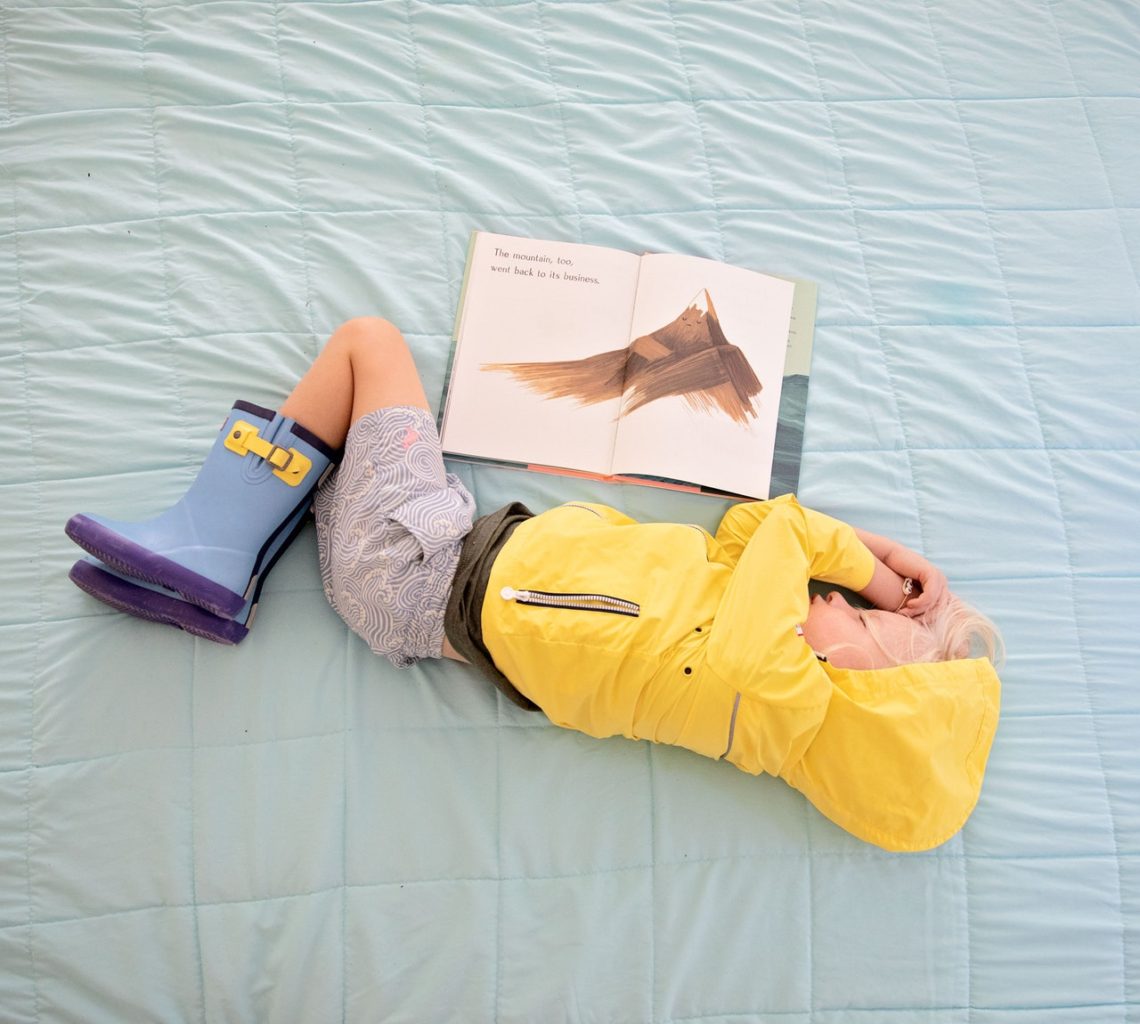Kids can be very particular about what they like and dislike — and that’s putting it lightly. You can probably think back and recall the countless t-shirts or shoes you’ve purchased for your son or daughter who ended up hating the clothes you picked out. Mattresses, however, certainly aren’t as cheap and disposable as clothes. Accordingly, if you’re looking to buy a bed for your child, it’s crucial to take budget, your child’s sleeper type, their body type, and your kid’s specific sleep preferences into consideration. This ensures your little guy or gal finds his or her new mattress nice and cozy, but more importantly, gets a full night’s sleep on it.

According to the National Sleep Foundation, sleep is essential to a child’s physical and emotional development. Not only does it stop them from being cranky, but a crucial growth hormone responsible for tissue development is released during sleep, reparation of their muscles occurs, and their ability to learn and retain information is improved. Professionals have designated certain sleep-time requirements for different age ranges:
- Toddlers 1-2 years old: 11 to 14 hours
- Children 3-5 years old: 10-13 hours
- Children 6-13 years old: nine to 11 hours
- Teenagers: 8-10 hours
As you can probably imagine, a cozy bed is a key contributor to making sure your kid sleeps soundly throughout the night. Whether you’re looking for a new bed because your young child just outgrew their crib, or if you’re in the market for a long-lasting mattress that’ll become your new guest bed after your teen leaves the nest, here are a few tips to help you choose the best mattress for your child.
Find Out Your Child’s Sleeper Type
If your child hasn’t yet reached 100 lbs, the process to find them a suitable mattress is a little easier. They don’t weigh very much, and probably flop all over the place when they’re sleeping anyway, rather than stick to a dominant sleeping position. For those of you with younger children, go with a mattress on the softer side of the spectrum. Anything firmer than “medium” will probably feel more like a floorboard than a mattress to them.
If you’re looking to buy your older child, tween, or teen a mattress — what kind of sleeper are they? If your child prefers to sleep on their side, they’ll want a softer mattress to cradle their pressure points and contour to the curves of their body. Back and stomach sleepers, on the other hand, benefit more from a firmer mattress that’ll keep their spines from sagging into the mattress. If your kid switches positions while they’re asleep, a medium firmness mattress is a good sweet spot between supportive, and pressure relieving.



